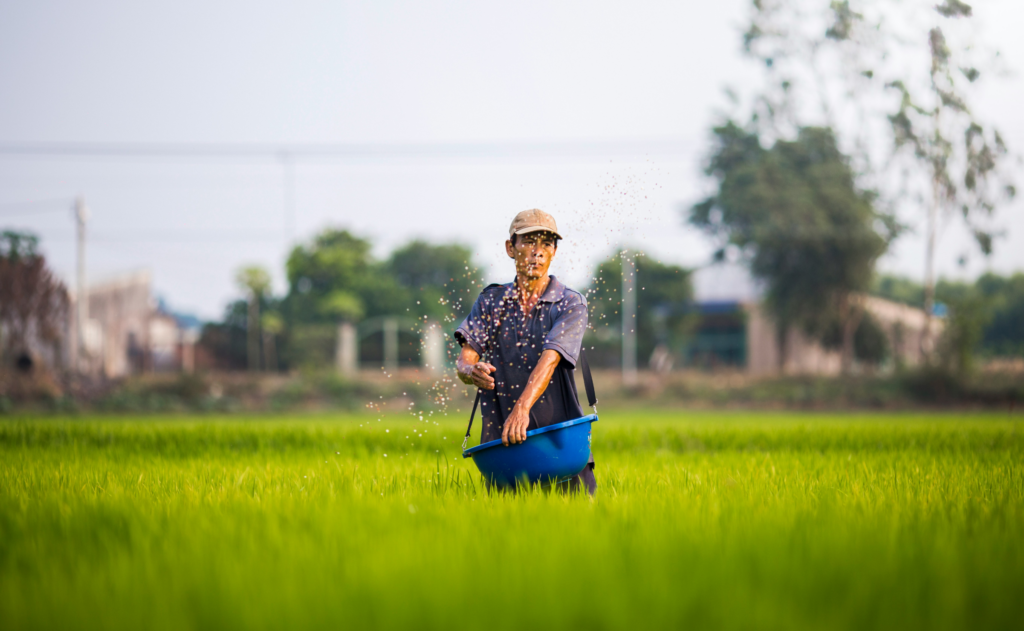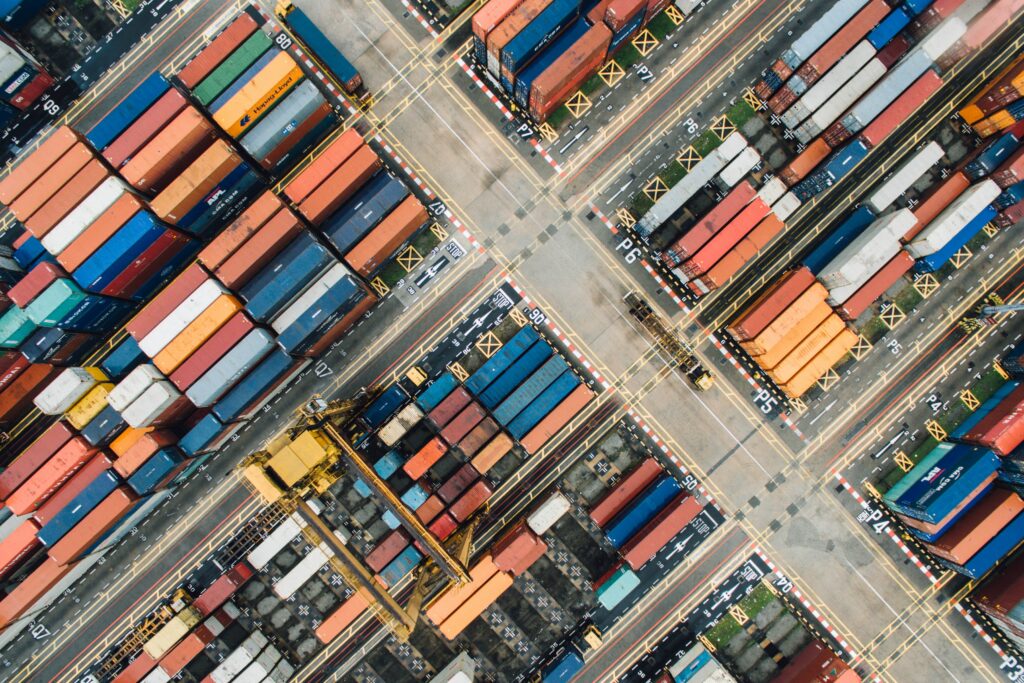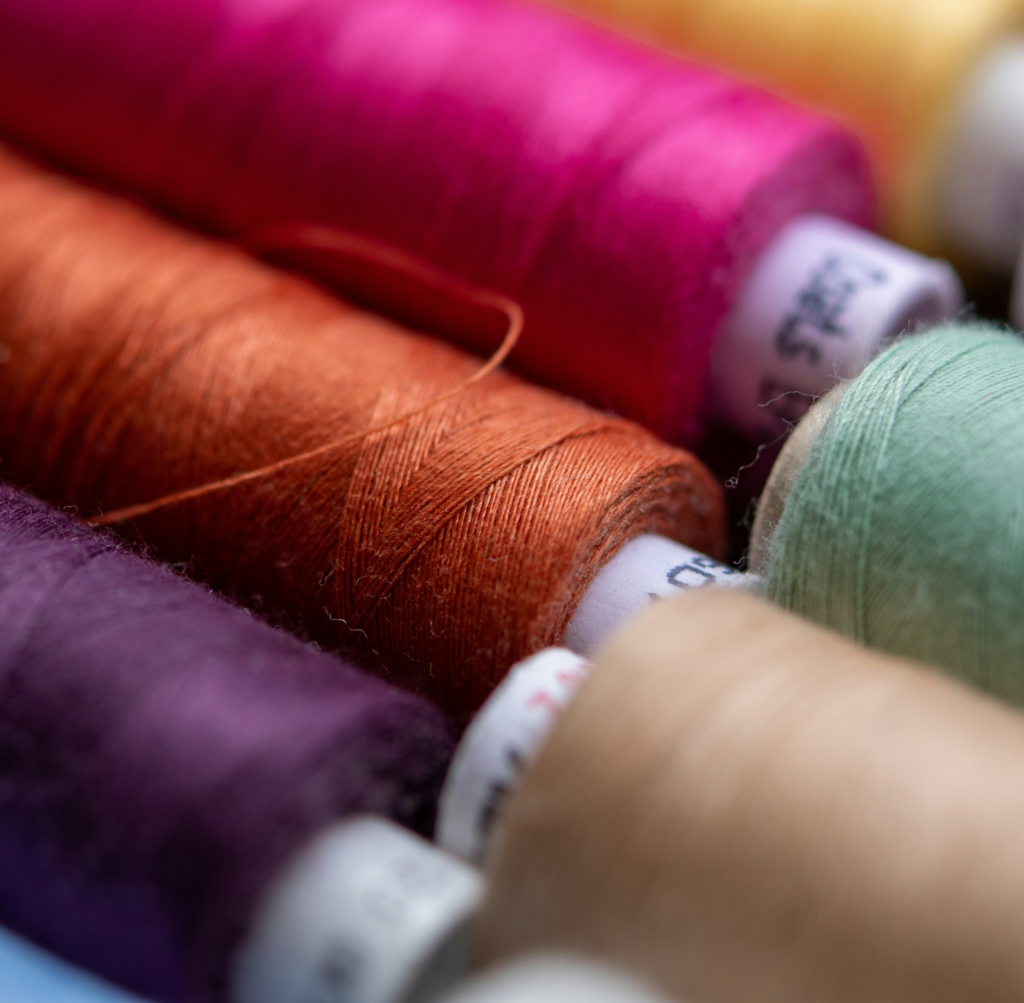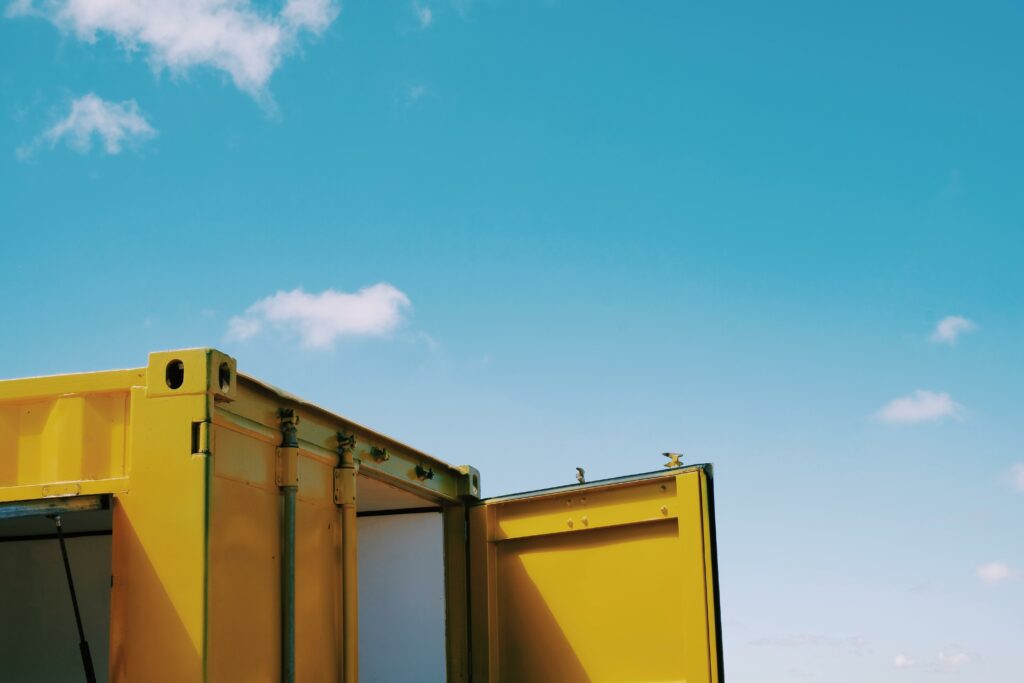Restircts: Public
Food & Agriculture Working Group
The Food and Agriculture sector is directly responsible for around one quarter of the total global CO2eq emissions. Despite increasing action in many areas, the…
Transport Programme
Transport-related emissions account for a quarter of global CO2 emissions and are the fastest growing source of greenhouse gases, making it critical for the sector…
Apparel & Footwear Working Group
The apparel sector is responsible for 3 to 8% of global carbon emissions and they are predicted rise to around 1.3 gigatons by 2030. Join…
ISEAL Innovations Fund Programme
Can we make it easier for corporates to report on the positive climate impacts of the use of certified, sustainably produced products? ISEAL standards are…
Pilots
Pilots provide opportunities for companies to test application of the Guidance at an intervention-level. Their objective is to deliver verified/certified GHG reductions and removals from…
Systems Lab
What systems do we need to create to reflect market-based approach and claims’ definitions and principles? The Systems Lab’s sessions offer a deep dive on…
Claims Lab
Carbon Neutral, Climate Neutral, Net Zero, Climate Positive: How do we identify when double counting or double claiming poses a real threat to environmental integrity,…
Purchased Goods & Services Programme
This group co-founded and ran the first Programme, developing the guidance’s first iteration and ensuring value chain interventions are recognized and included in reporting towards…
Emission Factor Tracking System Lab
In this lab, participants discussed and created the basic requirements and features required to prototype an Impact Factor Tracking Mechanism.










